Premium Only Content
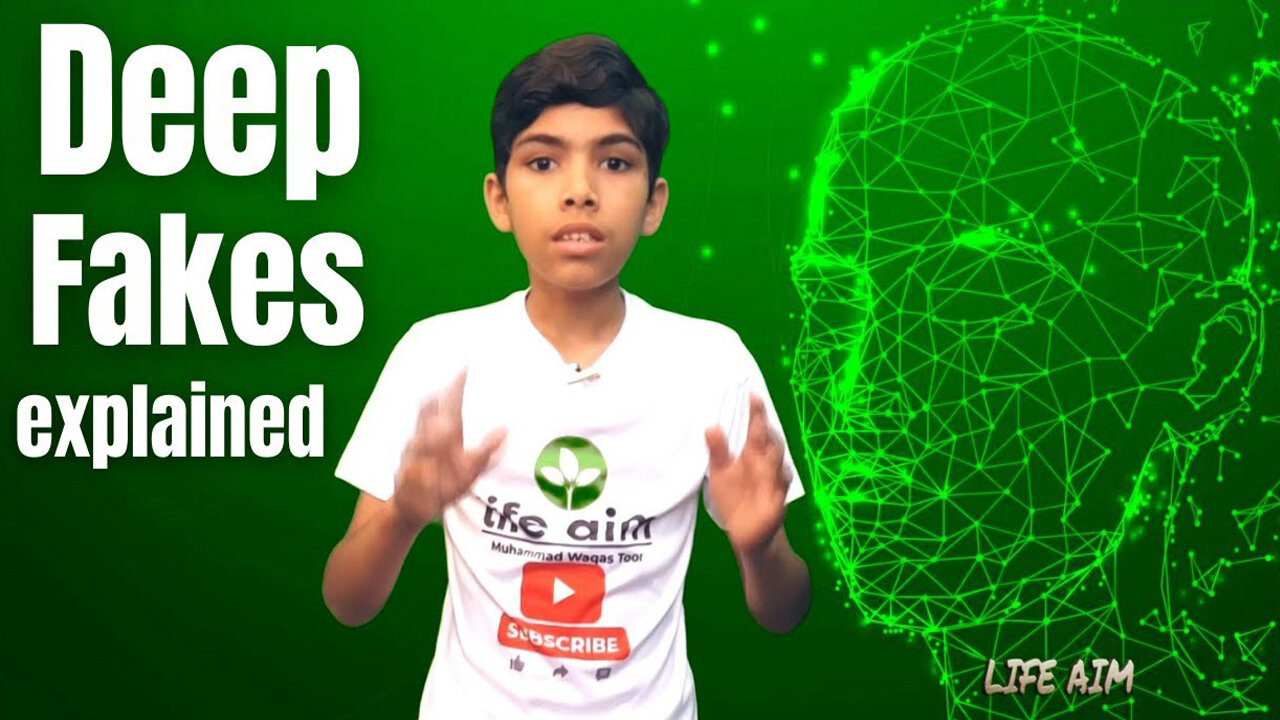
deep fakes explained|| Introduction To Deepfake Technology by Waqas Toor
The fake in Deep fake is transparent: deep fakes are not real; they're fake. The deep-in-deep fake is a bit murkier. Deep has long-established use to describe what is difficult, complicated, intense, etc., and that use applies here, but deep in deep fake is also likely related to its use in deep learning, another term that has yet to meet our criteria for entry. The meaning of deep learning is still settling, but most often it refers to a kind of machine learning (that is, a complex process by which a computer can improve its performance) that uses layered neural networks (that is, computer architecture in which processors are interconnected in a way that suggests neural connections in the human brain) to enhance the accuracy of the machine learning algorithms.
Deepfakes employ two separate sets of algorithms acting in conjunction: the first algorithm creates a video, and the second one tries to determine if the video is real or not. If the second algorithm can tell that the video is fake, the first algorithm tries again, having learned from the second algorithm what not to do. And the pair of algorithms go around and around until they spit out a result that the programmers feel is sufficiently real-looking.
who are made
University researchers and special effects studios have long pushed the boundaries of what’s possible with video and image manipulation. But deepfakes themselves were born in 2017 when a Reddit user of the same name posted doctored porn clips on the site. The videos swapped the faces of celebrities – Gal Gadot, Taylor Swift, Scarlett Johansson, and others – onto porn performers.
It takes a few steps to make a face-swap video. First, you run thousands of face shots of the two people through an AI algorithm called an encoder. The encoder finds and learns similarities between the two faces, and reduces them to their shared common features, compressing the images in the process. A second AI algorithm called a decoder is then taught to recover the faces from the compressed images. Because the faces are different, you train one decoder to recover the first person’s face, and another decoder to recover the second person’s face. To perform the face swap, you simply feed encoded images into the “wrong” decoder. For example, a compressed image of person A’s face is fed into the decoder trained on person B. The decoder then reconstructs the face of person B with the expressions and orientation of face A. For a convincing video, this has to be done on every frame.
-
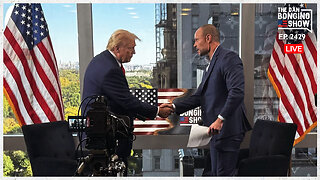
The Dan Bongino Show
3 hours agoCutesy Time Is Over (Ep. 2429) - 02/24/2025
116K702 -
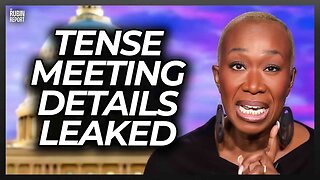
The Rubin Report
2 hours agoLEAKED: Tense Meeting Details Leaked as MSNBC Lays Off Major Hosts
-
 LIVE
LIVE
Timcast
2 hours agoDAN BONGINO Named Deputy FBI Director Under Kash Patel, Deep State & Dem IN PANIC | Timcast LIVE
9,800 watching -
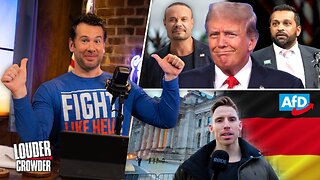
Steven Crowder
3 hours ago🔴 Trump Drops a Bombshell: Bongino’s FBI Takeover & Crowder in Germany Exclusive
302K130 -
 LIVE
LIVE
LFA TV
22 hours agoTIME FOR PAYBACK! | LIVE FROM AMERICA 2.24.25 11AM
5,118 watching -
![🔴[LIVE TRADING] Bounce or Bust?! || The MK Show](https://1a-1791.com/video/fwe2/ad/s8/1/c/n/q/f/cnqfy.0kob-small-The-MK-Show-Feb.-24th.jpg) LIVE
LIVE
Matt Kohrs
15 hours ago🔴[LIVE TRADING] Bounce or Bust?! || The MK Show
683 watching -
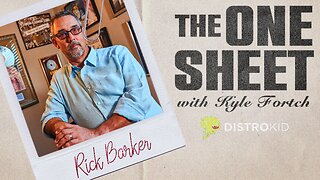 1:03:25
1:03:25
Kyle Fortch
3 hours ago $0.68 earnedRick Barker: Managing & Developing Taylor Swift, Breaking Artists Today & MORE | THE ONE SHEET S1E5
7.25K -
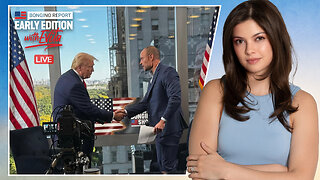 37:11
37:11
BonginoReport
6 hours agoDan Bongino is Leaving (Ep.146) - 02/24/2025
192K378 -

Wendy Bell Radio
7 hours agoThe MAGA Diet
165K53 -
 1:22:03
1:22:03
Graham Allen
4 hours agoGRAHAM MAKES YUGE ANNOUNCEMENT!! + LIBERAL REP ROOTING AGAINST AMERICA?!
50.5K81